Lawmakers Look to Minimize Solitary Confinement in Prisons
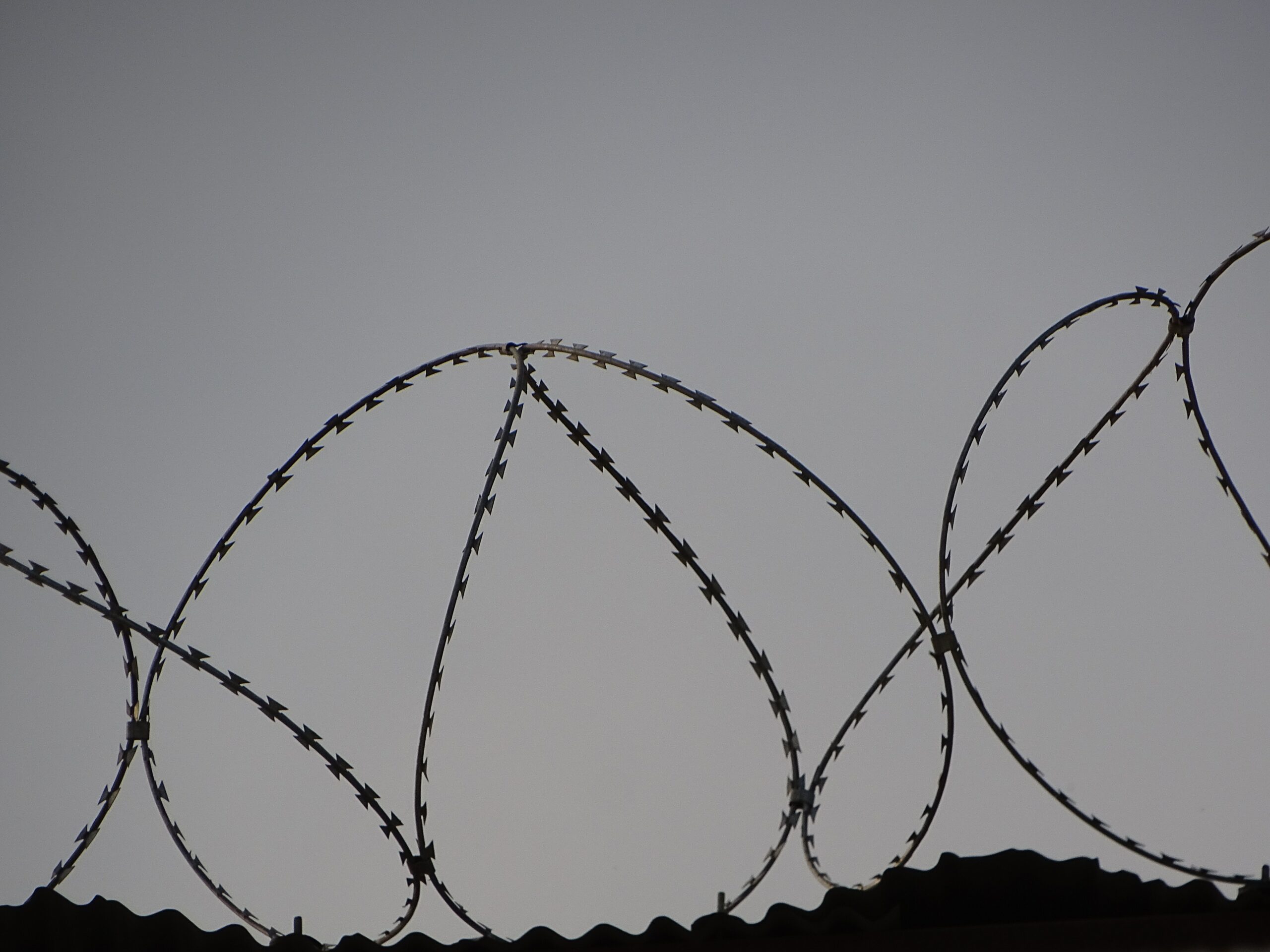
Del. Jazz M. Lewis (D-Prince George’s) told the House Judiciary Committee at a Tuesday bill hearing that 75% of Maryland inmates were placed in restrictive housing — or solitary confinement — in 2018.
The average length of their stay was around 45 days.
In recent years, the General Assembly has reevaluated the ways that the state implements the segregation system in its correctional facilities.
Last legislative session, lawmakers passed legislation that eradicated the practice of secluding pregnant women in solitary units and expanded services offered to juvenile offenders placed in restricted housing.
Lewis is trying his hand at reform again this year, sponsoring two bills that would further change the way that inmates in Maryland correctional facilities interact with restrictive housing units.
House Bill 740 would mandate that prisoners have a minimum of 180 days between the time that they were removed from segregated housing and the date of their release. If they are released directly to the public from restrictive housing there must be written rationale for that decision along with an inmate-specific release plan.
Lewis said that 287 inmates were released directly from solitary housing to the public in fiscal year 2018 with little to no support or transitional services.
An iteration of this bill passed out of the House Judiciary Committee last year before dying in the Senate on the last day of the legislative session.
House Bill 742 intends to do away with the practice of housing prisoners suffering from “serious mental illness” in segregated units, barring a few exceptions.
Should inmates meet those exceptions leading to their placement in restrictive housing, the bill would mandate that they only remain housed there for a period of 15 days or less, and while there receive daily physical and mental health assessments to ascertain whether they need to remain sequestered.
Mental disorders recognized by the Maryland Department of Public Safety and Correctional Services considered to be “serious mental illness[es]” include Schizophrenia, major affective and borderline personality disorders.
Lewis said that around 230 of these individuals were housed in solitary units in 2018.
Inmates may be placed in restrictive housing for a number of reasons, including for medical or disciplinary measures.
Both bills have Senate iterations sponsored by Sen. Jeff Waldstreicher (D-Montgomery).
Testifying in favor of the dual legislation was Rabbi Charles Feinberg of the prisoner advocacy group Interfaith Action for Human Rights, who said that the practice of placing people in isolation in and of itself can give rise to mental illness.
Feinberg also said that Maryland’s decision to implement solitary housing highlights how the state “is more interested in torturing people than restoring their psychological and physical health.”
He called the state’s policy of releasing the segregated inmates directly to the public “a recipe for disaster,” citing the existence of research that indicates that people who endure long periods of isolation show symptoms of post-traumatic stress disorder.
“Sending these offenders into the community where they may suffer these symptoms is risking the health of the offender and endangering the offender’s family and community,” Feinberg said.
Retired Maryland State Police Major Neill Franklin relayed a story to the committee that corroborated Feinberg’s claim.
In 2013, former director of the Colorado Department of Corrections Thomas Clements was allegedly murdered by a man who had been released directly from restrictive housing to the public.
Clements had assumed the position in 2011. Franklin said that at the time he was hired, over 75% of Colorado’s prison population was held in restrictive housing.
“Mr. Clements wanted to change the state’s use of restrictive housing, but he didn’t get a chance,” he said.
Franklin told the committee that Colorado no longer releases inmates directly to the public from solitary housing units.
Munib Lohrasbi of Disability Rights Maryland used his time before the committee as a “prebuttal” of potential arguments against the pair of bills, stating that the existence of harm caused by restrictive housing is an “overarching fact.”
Lohrasbi said excuses the corrections department may give for housing mentally ill individuals in restrictive units, like a frequently cited correctional officer shortage, wouldn’t be salient in any other circumstance.
“If there are allegations of a hospital mistreating patients, they can’t say that we don’t have enough doctors or nurses,” Lohrasbi said. “These are independent problems, and the existence of one … does not justify the continued existence of the second.”
Representatives from the Department of Public Safety and Correctional Services did appear before the Judiciary Committee to speak their piece.
The executive director of the department’s Office of Data Development, Angelina Guarino, said that changes the department has implemented allowed officials to see fewer instances of inmates being sent to restrictive housing in fiscal year 2019. She said that as of last year, only 5.8% of inmates in Maryland facilities were in segregated housing at any given time.
Lewis earlier in the hearing said that it was 8% in fiscal year 2018, during which time the national average rested at 4%. The 2019 report is not yet publicly available.
Maryland Department of Public Safety Secretary Robert Green said that last November the agency was accredited by the American Correctional Association after implementing standards surrounding things like security and mental health.
Multiple department representatives said that both bills would create challenges because they would conflict with specific measures under the American Correctional Association’s standards.
When asked if he sees an advantage to adhering to the national standards over Lewis’ proposed legislation, Green answered in the affirmative, saying that the standards provide a more holistic approach for inmates to avoid having to go to restrictive housing in the first place.
“Those standards really will be a blueprint for us,” he said.
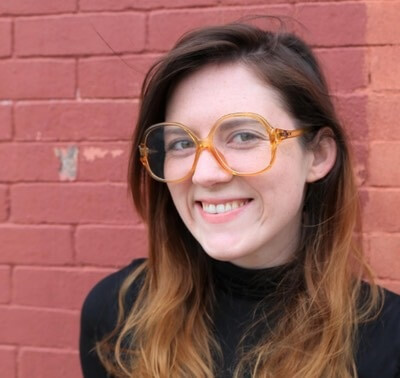
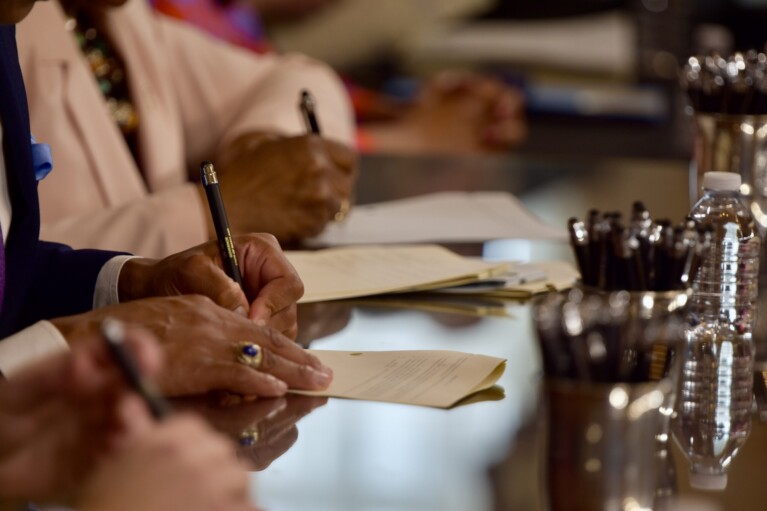
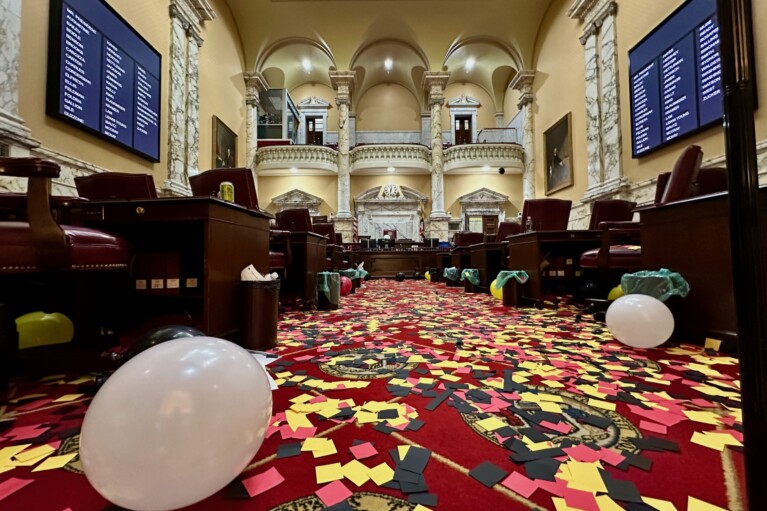
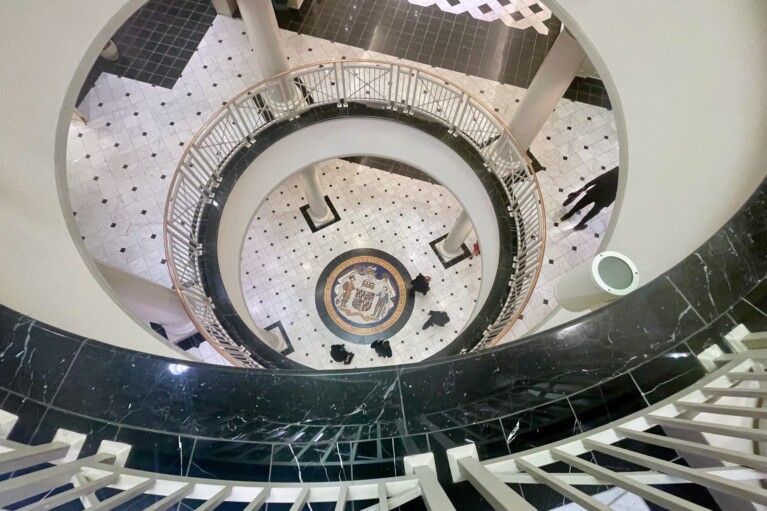
 Creative Commons Attribution
Creative Commons Attribution